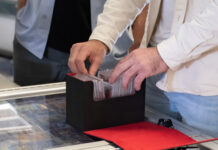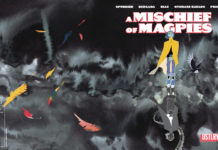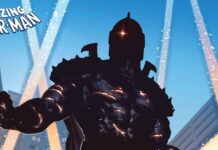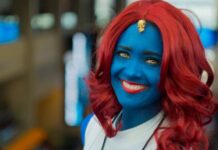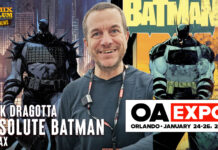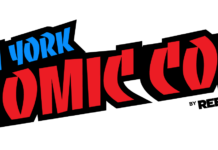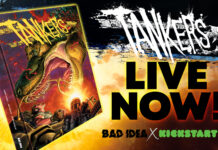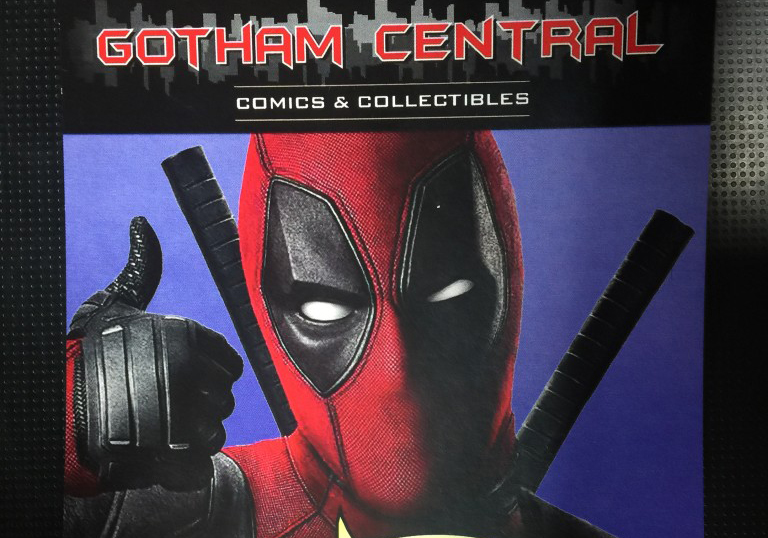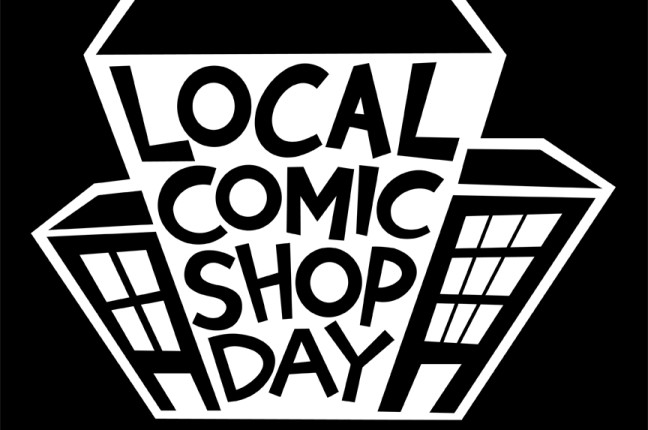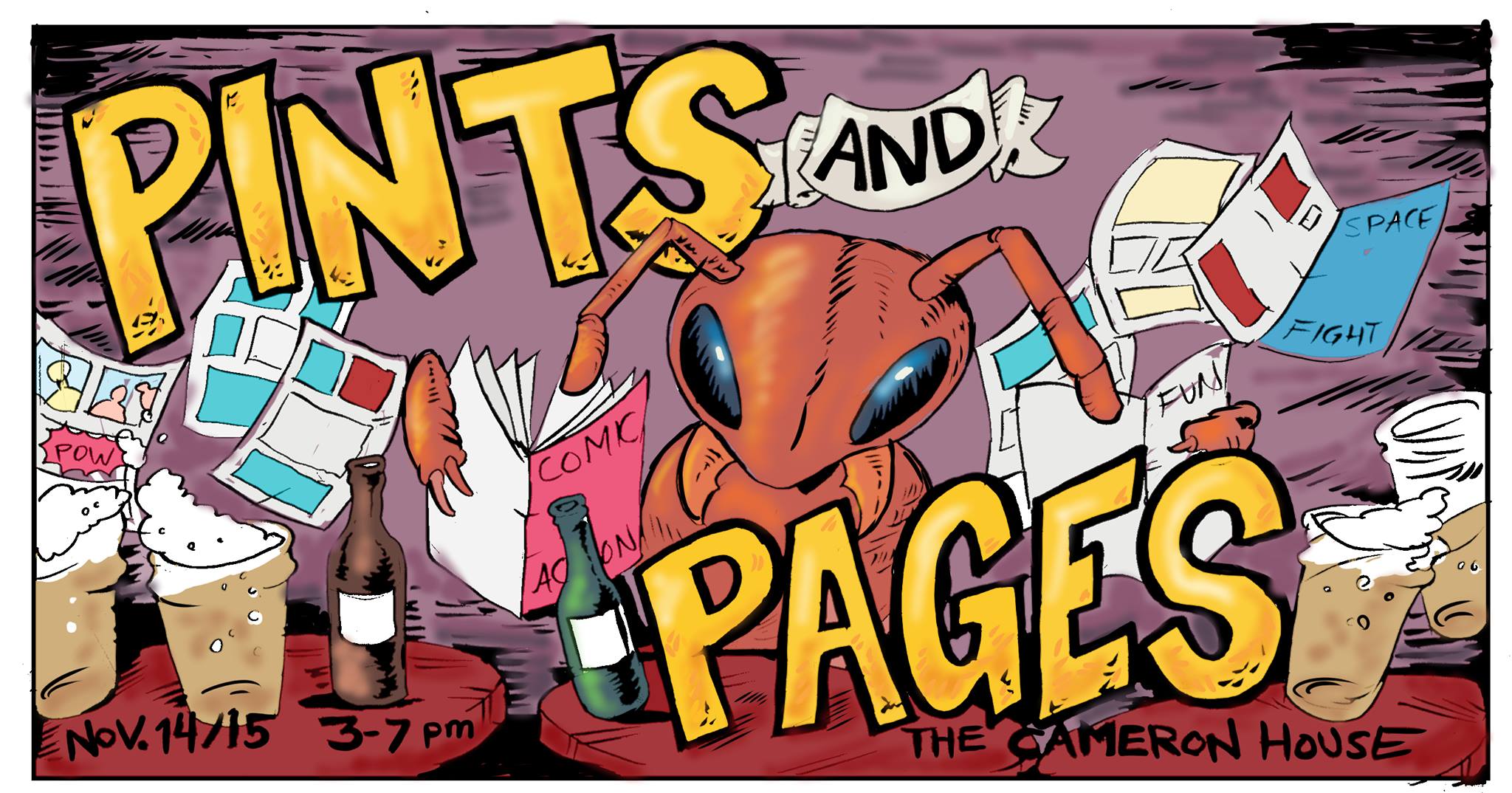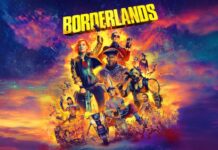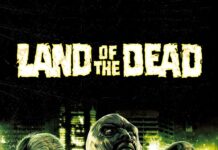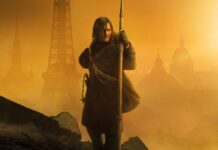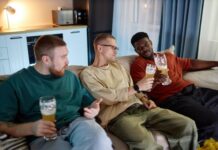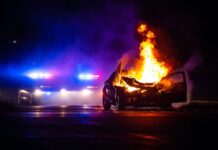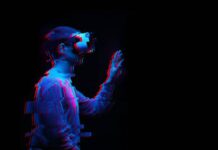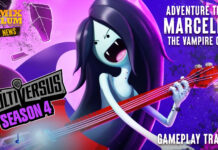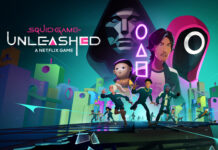Writer/Director Weston Razooli’s neo-fairytale Riddle of Fire was a TIFF Official Selection in 2023. Set in Wyoming, USA the film follows three mischievous children as they embark on an odyssey when their mother asks them to run an errand. On the hunt to obtain her favourite blueberry pie, the children are kidnapped by poachers, battle a witch, outwit a huntsman, befriend a fairy, and bond together to become best friends forever.
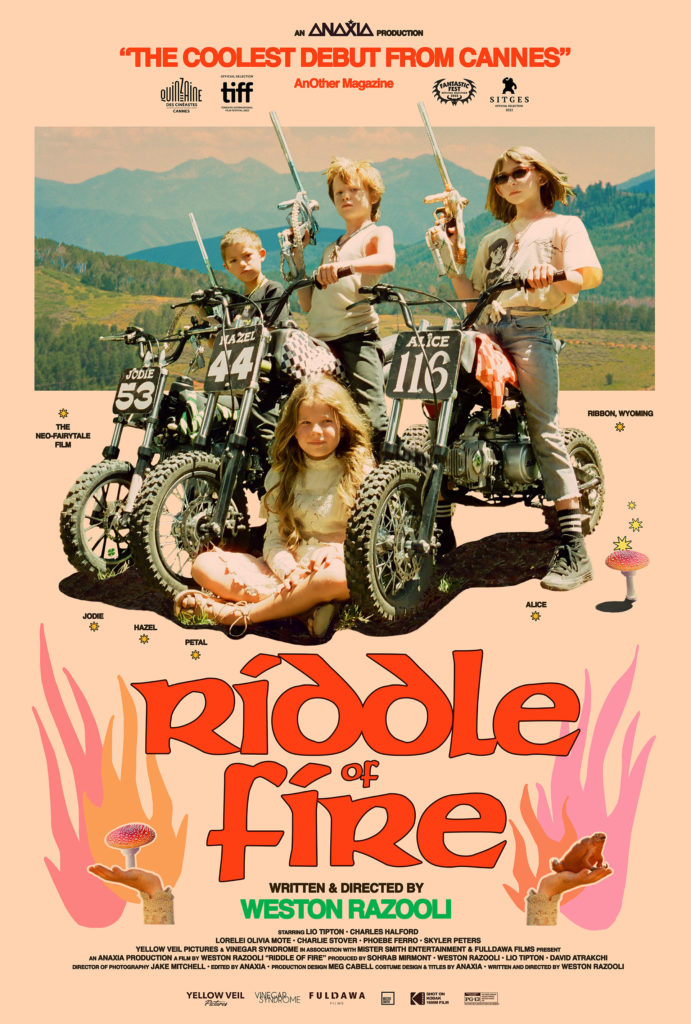
RIDDLE OF FIRE
DIRECTOR: Weston Razooli
WRITER: Weston Razooli
PRODUCERS: Sohrab Mirmont, Weston Razooli, Lio Tipton, David Atrakchi
CAST: Lio Tipton, Charles Halford, Skyler Peters, Phoebe Ferro, Lorelei Olivia Mote, Charlie Stover, Andrea Browne, Rachel Browne, Weston Razooli, Austin Archer, Danielle Hoetmer, Chuck Mara
RUN TIME: 113 Minutes
ASPECT RATIO: CinemaScope (Shot on Kodak 16mm)
SOUND: Dolby 5.1
DIRECTOR’S STATEMENT – WESTON RAZOOLI
Riddle of Fire is a neo-fairytale adventure comedy from the point of view of four picaresque bandit children: A 16mm witches’ brew of Grimm’s fairytales, Criterion Saturday matinees, Romantic poetry, British folklore, neo-westerns, gasoline, and paintball guns set in the American West. Through this lens, Riddle of Fire explores how children manage living in fractured households by creating their own worlds, morals, and mythical friendships. Also intended to be a spiritual refuge in a film, Riddle of Fire is a world of pure adventure, summer in the mountains, magic and love – a fairytale for today.
A CONVERSATION WITH WRITER/DIRECTOR WESTON RAZOOLI
Q: RIDDLE OF FIRE IS A BEAUTIFUL FILM BUT DIFFICULT TO CATEGORIZE, WHAT FILM GENRE WOULD YOU ASSOCIATE IT WITH?
A: I came up with the term “neo-fairytale” after I finished writing the script. I thought, well, this story is a witches’ brew of an adventure film, a fairytale, a kids vs. adults comedy, a neo-western, a heist film, a folk-horror film, a food movie, a hangout movie, a party movie, and a beat-the-clock thriller. Fairy tales usually contain several genres within themselves anyways, so the best fit was to invent a new genre in the vein of “neo- western” and “neonoir”.
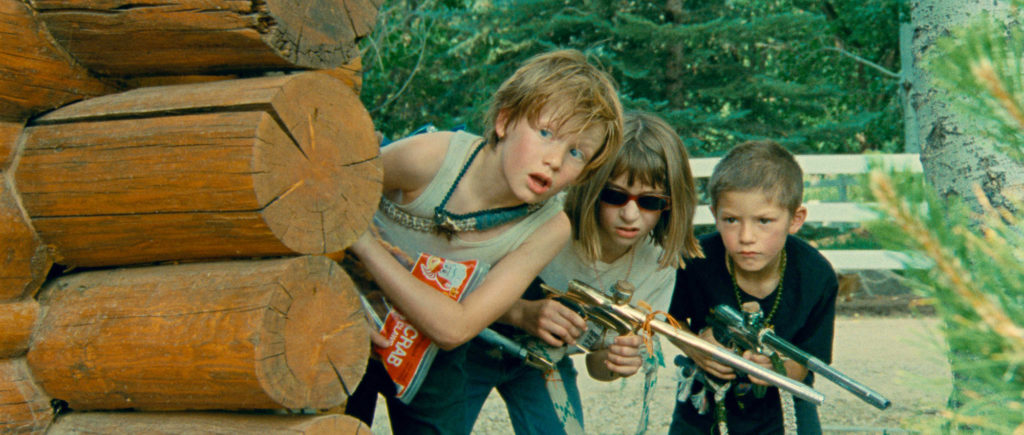 Q: WHAT PART OF YOUR OWN CHILDHOOD DID YOU TRY TO IMBUE IN RIDDLE OF FIRE?
Q: WHAT PART OF YOUR OWN CHILDHOOD DID YOU TRY TO IMBUE IN RIDDLE OF FIRE?
A: So many! But one of my favorite parts is the sneaking around / spying element of being a kid. Generally, kids love to spy and investigate. I’ve never seen a film that’s really captured this well, so I made one. Also, the general picnic-blanket for everything to be laid out upon was my desire to make the ultimate kid adventure movie: a movie with a world in which any kid would want to live in and be part of.
Q: SKYLER PETERS, PHOEBE FERRO, CHARLIE STOVER, AND LORELEI MOTE, THE FOUR LEADS WHO PLAY JODIE, ALICE, HAZEL, AND PETAL HAVE AN INCREDIBLE CHEMISTRY. HOW DID YOU FIND YOUR ACTORS AND MANAGE TO MAKE THEIR RELATIONSHIP SO AUTHENTIC?
A: Honestly this was a complete gamble because I gave each of the kids their part before they had met each other or had a chemistry read. (Actually we never did a chemistry read.) However, in each of the four kids’ audition tapes, I saw a similarity: Each one seemed like a timeless child-actor who would have been right at home in anything from a 1920s Little Rascals episode to a 1990s kid vs. adults caper film. So, this common element gave me confidence and foresight to their chemistry.
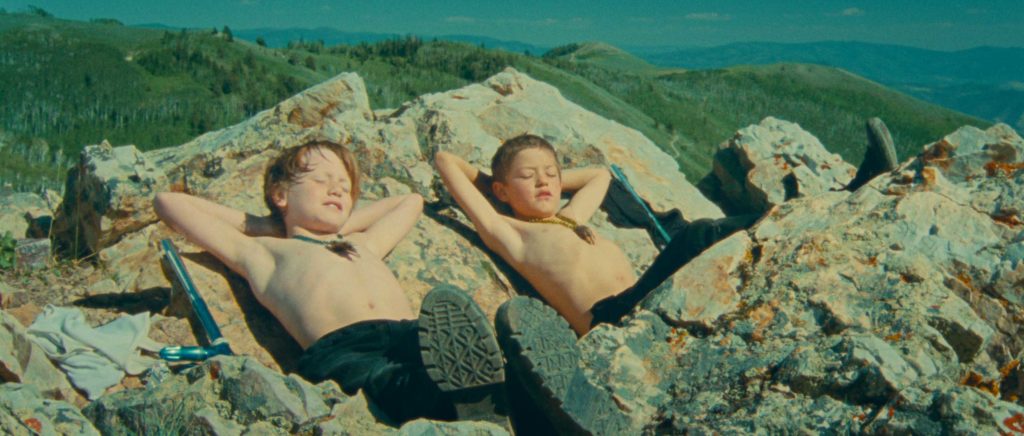 Q: YOU SHOT IN UTAH, WAS THAT A NECESSITY FOR YOU?
Q: YOU SHOT IN UTAH, WAS THAT A NECESSITY FOR YOU?
A: Pretty much. I grew up in Utah with the Uinta mountains as my backyard (The Wasatch National Forest) where we shot most of the film. These mountain forests sculpted my daydreams and writings as a child. Setting a story there was the ultimate genesis of the script. The “A’Dale House” – the beautiful woodland A-frame house that Hazel, Jodie, and Julie live in, was a house I had always seen from afar as a kid. I used to look out at it from a mile away and dream of living there one day. When I was location scouting, I decided to finally drive out to that house. Being able to shoot there was a surreal dream come true. It’s my favorite house in the world. Also, the supermarket we shot at was my childhood grocery-store.
Q: WHY DID YOU CHOOSE TO SET THE FILM DURING CHILDHOOD?
A: Well, I wanted to write a story about goblins — a story that stars goblins as the antiheroes, so the closest way to do this on a micro budget is to star mischievous bandit children who are masters of their abilities, freedoms, vehicles, items, and tech — and use them to their chaotic- neutral desires. But almost all of my scripts star characters who are either children or teenagers. I guess, to me, childhood / adolescence is the best canvas to create characters who operate with controversial morals yet can still retain some kind of innocence.
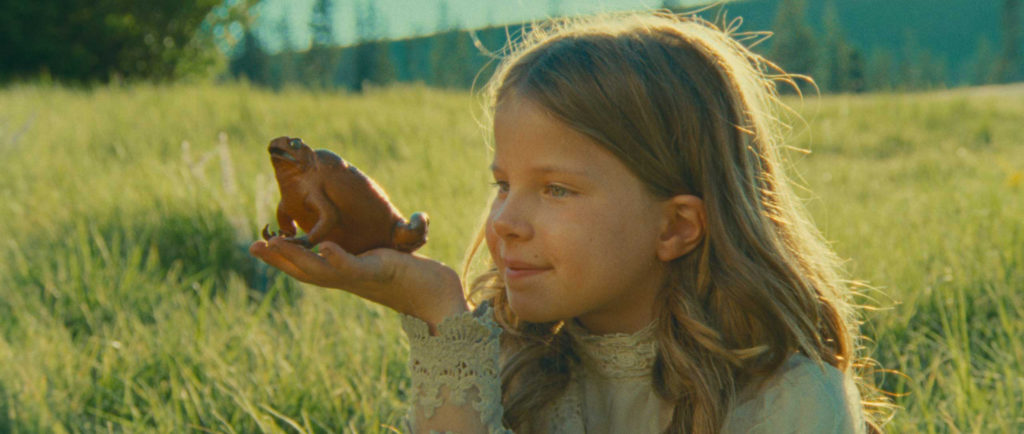 Q: WAS WORKING WITH CHILDREN AS LEAD ACTORS A CHALLENGE TO OVERCOME OR A MOTIVATION TO MAKE THE FILM?
Q: WAS WORKING WITH CHILDREN AS LEAD ACTORS A CHALLENGE TO OVERCOME OR A MOTIVATION TO MAKE THE FILM?
A: A motivation 100%. When you cast the right child actors, they are truly passionate about the world of the film. They want to give it their all and really inhabit the characters and live the story.
Also, they take my directing notes very well. As a director, giving a child-actor a note is much more straightforward – I can basically be completely transparent with them. Unlike adult actors, in which I typically need to build a more nuanced, labyrinth of a note. Of course though, there are drawbacks such as short attention-spans. So, during production, I developed a point system where whoever reset the fastest after a take would get a point. They would also win points for good listening. At the end of each day we would tally the points and whoever had the most would win a prize (a prop from that day of shooting). They loved it. Also, when directing children, I embellish my “director persona” to keep attention, meaning, I behave more like a ringmaster at a circus who hypes up the audience, or like Willy Wonka showing the kids the chocolate factory (the set).
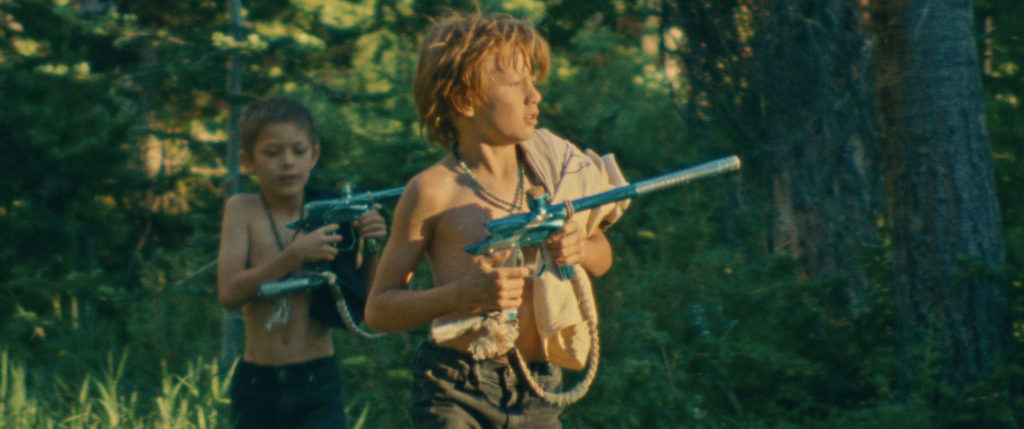 Q: THE MUSIC OF THE MOVIE IS A KEY ELEMENT TO GET INTO THE FILM, HOW DID YOU CHOOSE IT?
Q: THE MUSIC OF THE MOVIE IS A KEY ELEMENT TO GET INTO THE FILM, HOW DID YOU CHOOSE IT?
A: I’ve never worked with a composer to create original music for a film of mine. To be honest, I find it terrifying to collaborate with someone where whatever they create has to be the end-all be-all for the vibe of my film. Instead, I work like a quilt-maker and patch in existing instrumental music to my rough cuts. When I was writing the script, I discovered the sub-genre of music called dungeon synth – instrumental music that sounds like soundtracks for fictional fantasy films or RPGs. I spent months listening to every dungeon synth album I could find. I chose my favorite tracks and when I had the rough cut, I patched them in. This way of working is creatively freeing, but completely vast and maddening. Not gonna do it again, it’s time for me to just work with a composer!
Q: THE WHOLE FILM IS SHOT IN KODAK FILM, HOW DO YOU JUSTIFY THIS CHOICE?
A: Film, especially 16mm, is the medium in which I feel confident to pull off the highly stylized world I desire to create. Shooting digitally would kill the magic and the suspension of disbelief. It’s a subjective taste of course, but that’s just how I see it and feel it. Being an illustrator, I like to think that film is oil paint, while digital is acrylic paint: both have their own advantages, but oil is my medium. While fundraising, I of course had many investors/producers challenge the idea of shooting on film. I had to tell them the truth: that I would rather release this story as a novel than shoot it digitally.
Q: ONCE PRODUCTION WAS FINISHED, HOW DID YOU APPROACH THE EDITING?
A: Editing this film was hard. None of the takes were clean, every take had countless errors: forgotten lines, continuity errors, lense spikes (Jodie! hehe), technical problems, etc. So editing every scene was a game of Tetris of how I could cut around all these problems and fit a scene together. For several months, many scenes were impassable to edit. During production, I had to start offering Jodie a reward each day if he didn’t spike the lense.
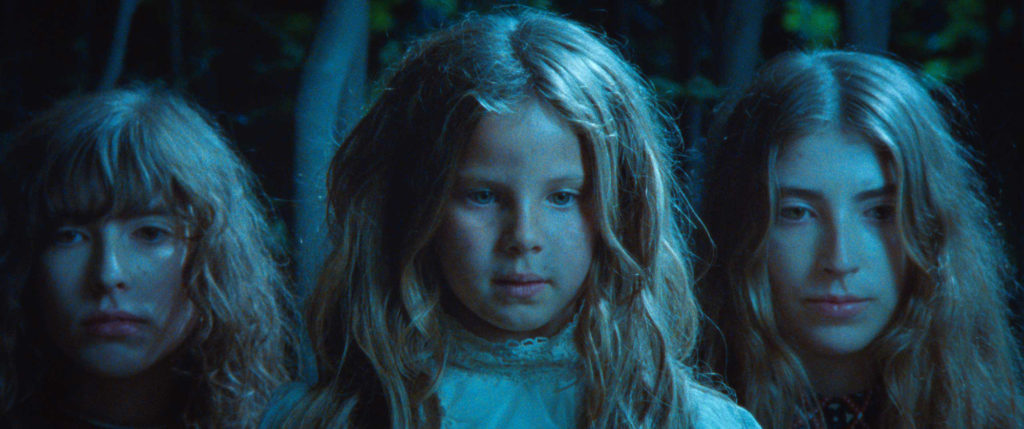 Q: IF YOU COULD SUM UP RIDDLE OF FIRE IN ONE WORD, WHAT WOULD IT BE?
Q: IF YOU COULD SUM UP RIDDLE OF FIRE IN ONE WORD, WHAT WOULD IT BE?
A: “Lovely!” – Jodie
Q: RIDDLE OF FIRE IS A FILM INFUSED WITH REFERENCES, MOSTLY OF MAGIC AND VIDEO GAMES. WHAT IS YOUR PERSONAL REFERENCE?
A: Countless personal references, but one of the biggest ones is Hazel’s mountain-top brother chat monologue regarding his and Alice’s “marriage”. This was something that happened to me when I was very young, word for word.
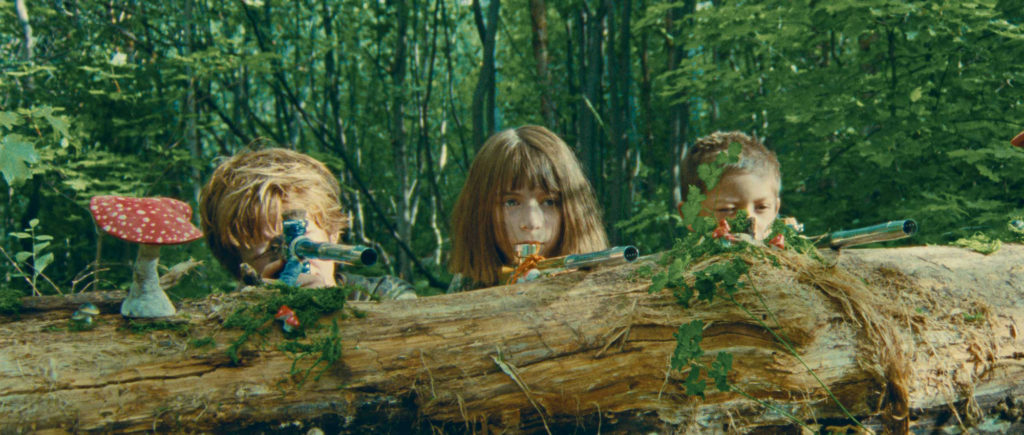 Q: THE FILM IS STRUCTURED AROUND IMAGES RELATED TO VIVID COLOURS AND NATURE. WHAT WAS THE STARTING POINT FOR WRITING THE FILM? WHAT IMAGES FIRST CAME TO MIND?
Q: THE FILM IS STRUCTURED AROUND IMAGES RELATED TO VIVID COLOURS AND NATURE. WHAT WAS THE STARTING POINT FOR WRITING THE FILM? WHAT IMAGES FIRST CAME TO MIND?
A: There’s a vintage board game I grew up playing called “Enchanted Forest”. It’s a simple game but beautifully painted / designed. The gameboard is a charming painting of a sea of pine trees, A-frame cottages, a castle, and is decorated with plastic pine-trees that hide treasure. It’s beautiful but it has a sort of Jumanji vibe to it – like once you start playing, you have to finish the game or else you will be cursed. I wanted to make a movie that felt like this board game. Lio Tipton also grew up with it — we’ve played it together many times and added our own rules to it.
Q: WERE PAGAN PHILOSOPHIES AND OCCULTISM AT THE FOREFRONT OF YOUR RESEARCH?
A: I’ve always been interested in these since I was a kid, so I’m constantly researching different folklore in general. I guess my favorite part of pagan philosophies and occultism is the idea of trying to create some standard of beliefs for your own self and your friends and whoever shares your ideas — and then creating this sort of world where you have really cool, creative imagery and costumes and symbols and you throw crazy parties with dances and creative rituals that honor something bigger than our physical world. It’s just like making a movie.


